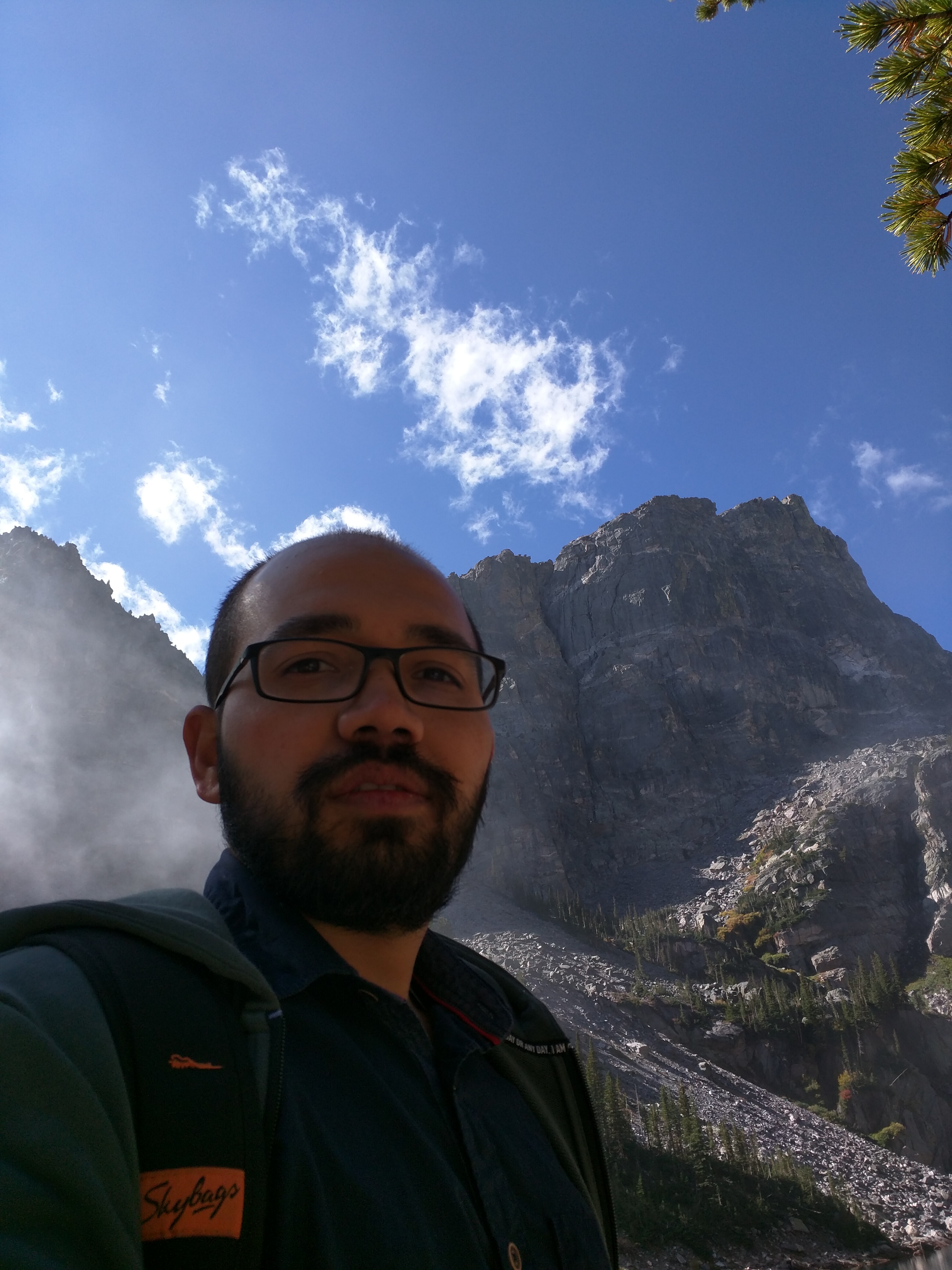Nonintrusive reduced order modeling framework for quasigeostrophic turbulence
Published in PHYSICAL REVIEW E, 2019
In this study, we present a nonintrusive reduced order modeling (ROM) framework for large-scale quasistationary systems. The framework proposed herein exploits the time series prediction capability of long short-term memory (LSTM) recurrent neural network architecture such that (1) in the training phase, the LSTM model is trained on the modal coefficients extracted from the high-resolution data snapshots using proper orthogonal decomposition (POD) transform, and (2) in the testing phase, the trained model predicts the modal coefficients for the total time recursively based on the initial time history. Hence, no prior information about the underlying governing equations is required to generate the ROM. To illustrate the predictive performance of the proposed framework, the mean flow fields and time series response of the field values are reconstructed from the predicted modal coefficients by using an inverse POD transform. As a representative benchmark test case, we consider a two-dimensional quasigeostrophic ocean circulation model which, in general, displays an enormous range of fluctuating spatial and temporal scales. We first demonstrate that the conventional Galerkin projection-based reduced order modeling of such systems requires a high number of POD modes to obtain a stable flow physics. In addition, ROM-Galerkin projection (ROM-GP) does not seem to capture the intermittent bursts appearing in the dynamics of the first few most energetic modes. However, the proposed nonintrusive ROM framework based on LSTM (ROM-LSTM) yields a stable solution even for a small number of POD modes. We also observe that the ROM-LSTM model is able to capture quasiperiodic intermittent bursts accurately, and yields a stable and accurate mean flow dynamics using the time history of a few previous time states, denoted as the lookback time window in this paper. We show several features of ROM-LSTM framework such as significantly higher accuracy than ROM-GP, and faster performance using larger time step size. Throughout the paper, we demonstrate our findings in terms of time series evolution of the field values and mean flow patterns, which suggest that the proposed fully nonintrusive ROM framework is robust and capable of predicting chaotic nonlinear fluid flows in an extremely efficient way compared to the conventional projection-based ROM framework.
